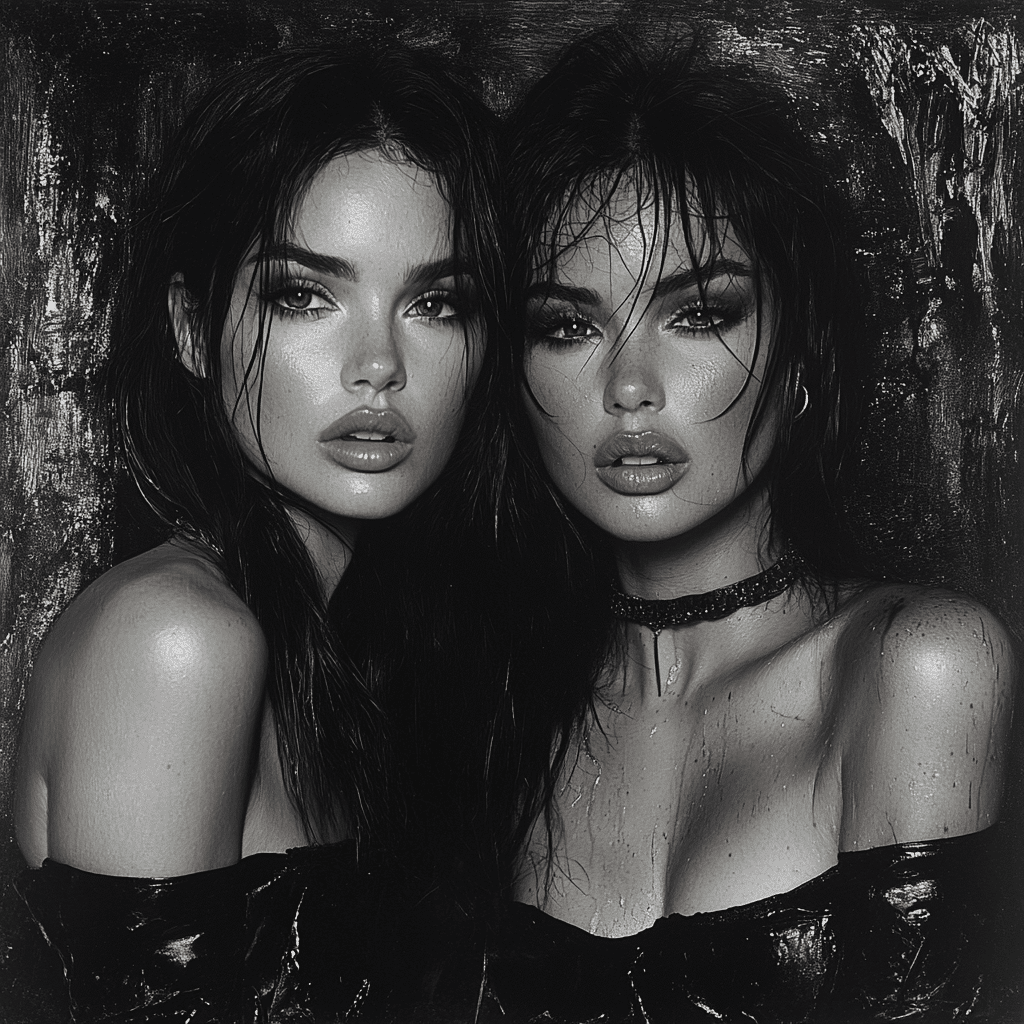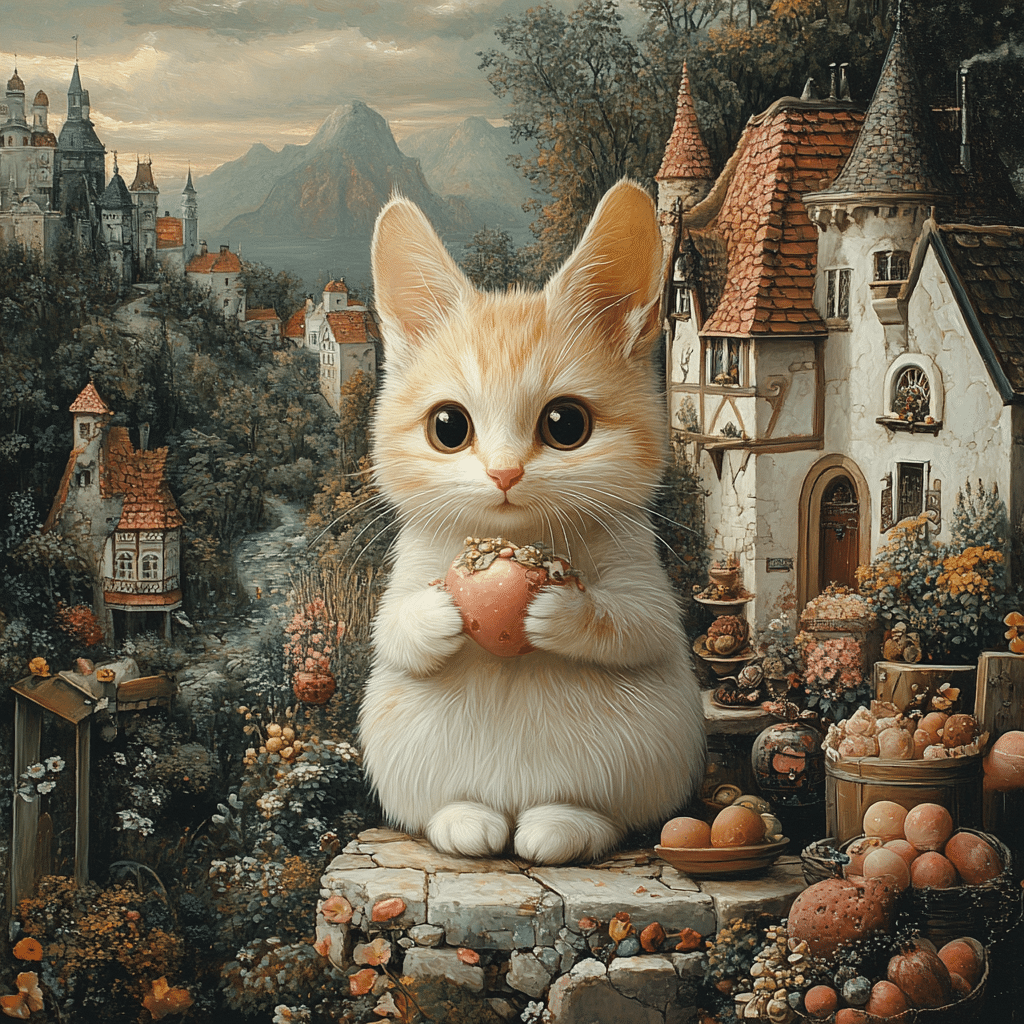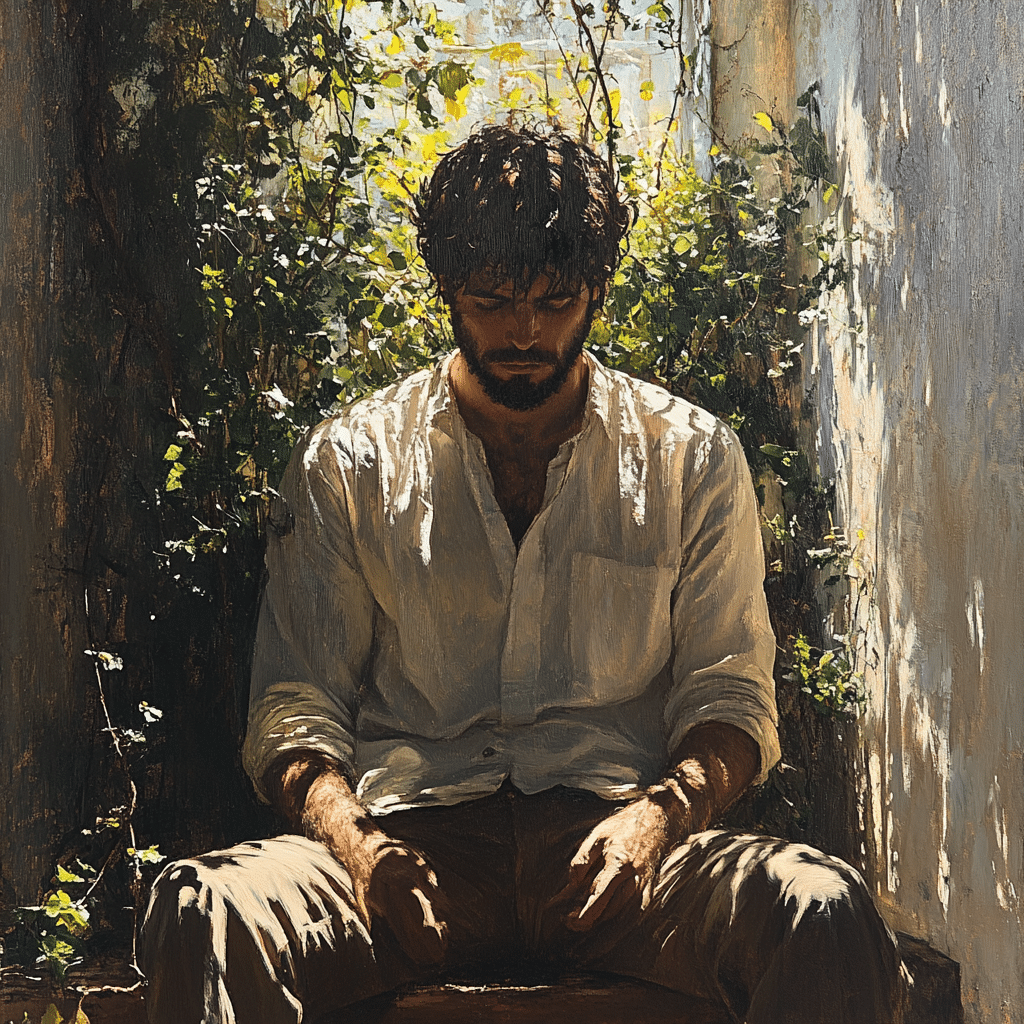When you mention Selena and Yolanda, you’re drawing the curtain back on a tale steeped in fame, betrayal, and ultimately, tragedy. Selena Quintanilla—the “Queen of Tejano Music”—emerged as a cultural icon in the 1990s, captivating the hearts of many with her incredible talent and undeniable charm. Hailing from the vibrant city of Corpus Christi, Texas, she broke barriers in a world dominated by male artists, delivering hits like “Como La Flor” and “Baila Esta Cumbia” that still resonate today. Exploring the roots of her rivalry with Yolanda Saldivar offers a stark contrast between an artist whose light burned brightly and a relationship that turned sour.
The Rise of Selena Quintanilla: A Star in the Making
Selena’s journey was nothing short of inspiring. With her infectious energy and powerhouse vocals, Selena carved a niche in a genre that needed a fierce female voice. Her story resonates with ambition and dedication, reflecting the struggles of the Latino community in mainstream music. From her early performances in family groups, Selena’s star quickly escalated as she became a staple in the Tejano music scene. The glow of her talent wasn’t just about catchy tunes; it resonated deeply with the people who saw a part of themselves in her success.
However, Selena’s ascendancy was accompanied by pressures that most could only imagine. The grueling touring schedules, the media scrutiny, and the burden of being a role model weighed heavily on her young shoulders. Still, she managed to balance her professional obligations with personal passions, sharing her life through her music and connecting with her fans at every step. To understand the dark twist in her tale, you have to witness the dazzling rise of Selena—a trajectory that had everyone rooting for her.

The Complex Connection: Selena and Yolanda
Yolanda Saldivar entered Selena’s world as her devoted fan club president. Initially, this relationship appears all sunshine and moonbeams, with Saldivar playing an instrumental role in expanding Selena’s fan base. One could say that Yolanda was her number one cheerleader, helping propel her to greater heights. However, what began as a supportive connection quickly morphed into a pulsating undercurrent of jealousy and mistrust.
Key Moments in Their Relationship
The relationship eventually hit vital breaking points that only fueled the tension. Key family members and associates began to notice the red flags, but attempts to distance Selena from Yolanda proved challenging. As previous interactions soured, the unraveling of their bond became inevitable, leading to moments that would forever alter their lives.
The Tragic Conclusion
In the shocking conclusion of their rivalry, Yolanda turned from a fan to a fatal adversary. On March 31, 1995, the world was shattered when Selena was tragically murdered at the hands of Yolanda. This act marked the ultimate betrayal, sending shockwaves through fans and the music industry alike. The emotional aftermath was profound, sparking a national conversation about the darker sides of fandom and what celebrity can do to relationships that once felt warm and inviting.
Cultural Impact and Legacy of Their Rivalry
The repercussions of Selena and Yolanda made ripples throughout pop culture. Following Selena’s tragic death, her music experienced a surge in popularity, leading to a newfound interest in Tejano music that hadn’t been seen before. Selena became a beacon for aspiring artists, a voice for the Latino community, and a reminder of the relentless pursuit of one’s dreams. Her legacy flourished, igniting inspiration among future generations of musicians.
At the same time, Yolanda’s inconceivable actions became synonymous with betrayal, providing the grim backdrop to discussions about fandom gone awry. This rivalry ignited vital conversations surrounding mental health and protecting artists. Rather than mere entertainment, it emphasized the pressures that artists face and resonated with conditions evident today, as many navigate the tumultuous journey of fame.
While the tragic story of Selena and Yolanda unfurled, it also paved the way for a greater understanding of rivalries and relationships in the celebrity sphere. Comparatively, we now see how modern artists like Ariana Grande handle fame’s emotional fallout, whether dealing with intimate tragedy or maintaining relationships within the industry. The push and pull of public admiration and personal struggles often mirror the dynamic observed in Selena’s original narrative.

Modern Reflections: Parallels with Ariana Grande and La Toya Jackson
Even as we delve into the past, Selena’s story echoes in the experiences of contemporary stars. The glitter and glam of being a pop culture icon hide intense vulnerabilities. Ariana Grande, on her own journey from a Nickelodeon star to a celebrated artist, faces a gauntlet of challenges, including personal loss and concert tragedies that remind us of the pressures Selena endured. Grande’s portrayal of Glinda in Wicked showcases her resilience, embodying the spirit of perseverance that resonates in Selena’s story.
La Toya Jackson, sister to music legend Michael Jackson, also suffered under the weight of family expectations. Her tumultuous relationship with her famous sibling and management reflects a web of complex familial pressures that Selena faced prior to her untimely demise. Navigating fame while handling family dynamics can be overwhelming, as both women exemplified in their journeys.
By analyzing the legacies of these artists, we draw crucial lessons on the emotional toll that fame accrues. Each artist’s narrative contributes to a deeper understanding of how public perception shapes legacies, encouraging discussions around artist protection and mental health awareness.
Final Thoughts: Reflecting on Legacy and Lessons
The tale of Selena and Yolanda serves as a cautionary reminder of the complex nature of loyalty and fame. Selena’s legacy goes far beyond her music; she became a symbol of identity and perseverance for countless artists after her. The tragic outcome of her rivalry with Yolanda signals the need for vigilance in the world of admiration, urging fans to balance their passion with an understanding of the pressures their idols face.
As we celebrate the dazzling stars of the past, we’re also reminded that every narrative contains complexities. Acknowledging Selena’s legacy means honoring her artistry while remaining aware of the challenges she encountered. The haunting echoes of her rivalry with Yolanda continue to resonate today, sparking vital conversations around mental health and artist protection. In a world where admiration can quickly spiral into obsession, let’s strive to appreciate and protect those who dedicate their lives to sharing their stories through art. It’s not just about remembering Selena—it’s about learning from her life and legacy, ensuring that we nurture the next generation of performers without needing to endure the same heartbreaks.
Selena and Yolanda: Shocking Trivia Behind Their Rivalry
The Backstory
In the world of music, few stories are as heart-wrenching as that of Selena and Yolanda. Amidst the glamorous backdrop of the Tejano music scene in the early ’90s, their relationship turned from friendship to rivalry with tragic consequences. Selena Quintanilla, the beloved “Queen of Tejano,” was on the brink of global superstardom when her friendship with Yolanda Saldívar began to deteriorate. Fans learned through shocking news cycles, like the coverage on Oprah Winfrey news, just how deep the betrayal ran, leaving many wondering about Yolanda’s motives and Selena’s vulnerabilities.
Interestingly, Selena wasn’t just a talented singer; she had a flair for fashion and had even started her clothing line. Just imagine how different her story could have been if she had the chance to emulate contemporary icons like June Diane raphael, who blends comedic talent with entrepreneurial spirit. Sadly, instead, Selena was forced to navigate the bubbling tensions with Yolanda, who managed her fan club and was entrusted with a lot of Selena’s business decisions, a role filled with pressure and opportunity.
An Unexpected Turn
As tension escalated, the heartbreaking incident occurred in 1995 at a motel. What many don’t know is that Yolanda’s jealousy intertwined with her financial mismanagement, ultimately leading to that fateful confrontation. This shocking event echoes the dramatic twists seen in films like those featuring Sylvester Stallone, whose height and on-screen presence often distract from the emotional depth of his characters. Just like his dramatic narratives, the saga of Selena and Yolanda was filled with unexpected turns that shocked fans across the globe.
After Selena’s tragic passing, the repercussions continued to reverberate through the music industry. Even today, the story captivates, as we consider the impact of lost potential. Much like the cultural phenomenon of smoked cream cheese making waves in culinary circles, Selena’s music and life story continue to inspire new generations. Though their rivalry defined them, it ultimately allows us to explore themes of loyalty, ambition, and betrayal—a tragi-comedy rich with emotion that many still find compelling.
Legacy and Reflection
The legacy of Selena lingers decades later, and much like how new genres emerge in entertainment, her brand and music continue to flourish even posthumously. Comparatively, figures in contemporary pop culture—like Carly Madison gregg and Joslyn Jane—often reflect the weight of such a potent history, reminding us that talent paired with backstories can shape the industry. Her story also raises questions about loyalty that remain relevant today, especially in the age of social media and celebrity culture, where paradigms shift rapidly just like the tech surrounding Imessage For Android integration.
Selena and Yolanda’s rivalry marks a cautionary tale—one where passion twisted into madness led to an irreplaceable loss. It prompts not just curiosity, but interrogation of our own relationships and priorities. As new adaptations and analyses emerge, from reboots to documentaries, this story proves incredibly significant, adding layers to our understanding of trust and ambition—a pit stop on the broader journey of human connection and vulnerability.

















